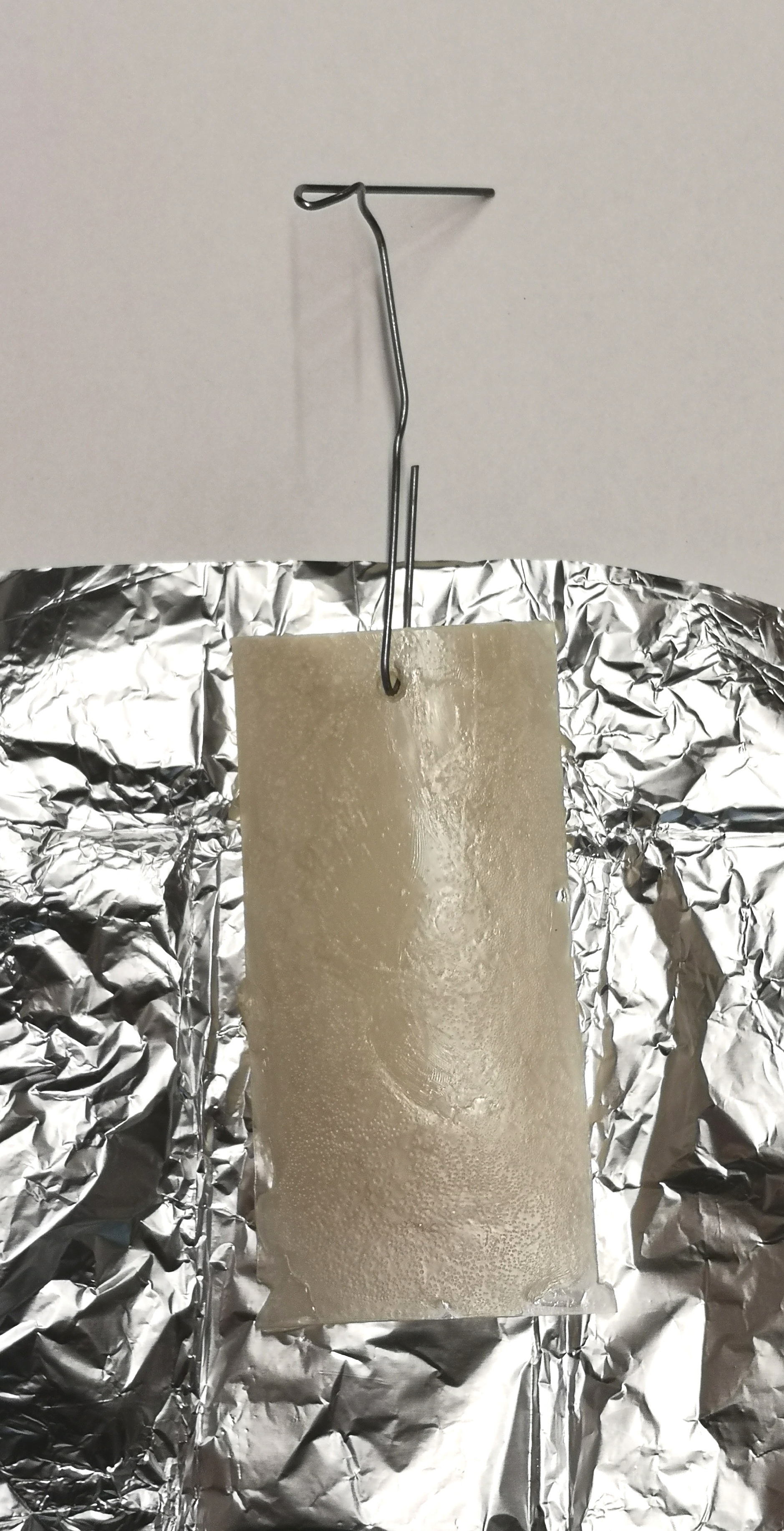In 2019, INSIGNIA will sample in 4 countries. In Austria, Denmark, Greece and United Kingdom we have 4 to 5 apiaries with 3 colonies each. Below is a map with the locations that are studied!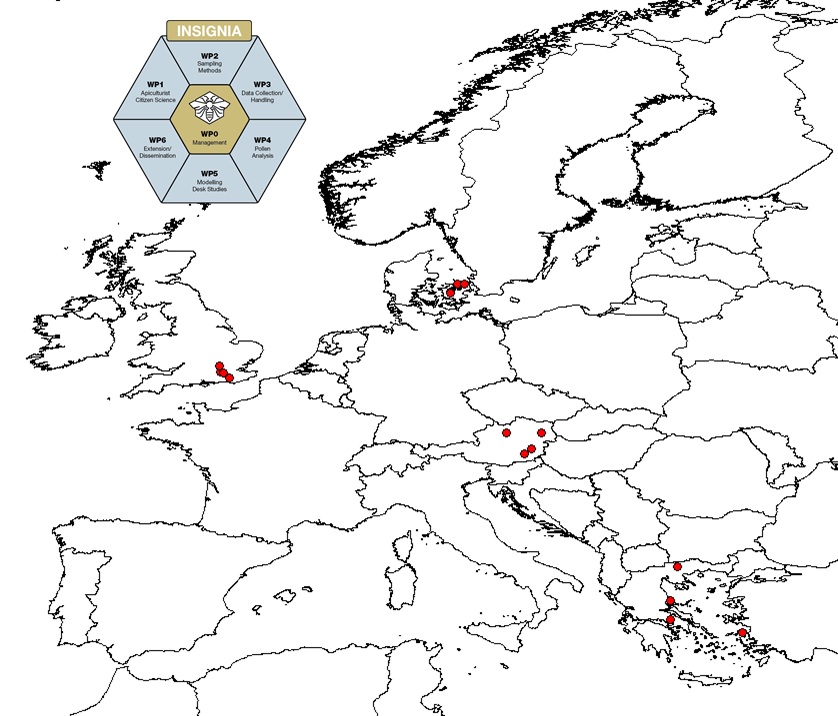
The second stage
The second stage; from year 1 sampling to the evaluation of the results.
We depart for the second stage. Most of the preliminary studies planned in stage 1, from kick-off to sampling commencement, are done, coming to an end in the months to come or will start soon. Surely new questions will raise and are to be addressed in the project course. Within six months after the attribution of the Grant Agreement in the last week of October 2018, the sampling begins this weekend of 28 April 2019. After the preparations as there were telemeetings, study set-up discussions, and agreements on numbers of colonies, number of apiaries, number of samplings, matrices replications and combinations, development of the APIStrip, local organization of the beekeeper citizen scientists, picture manual, tutorials and other instruction tools, questionnaire, preliminary pollen- and pesticide residue binding- and deterioration tests, practical lab and field work, initiation of the sociological study, the dissemination structure and a lot of everyday issues, the field work starts. This is exciting because we are doing pioneering work with the non-invasive sampling, with the non-biological matrices APIStrip and Beehold tubes, the new beebread collection tool, the familiar pollen trap, apiculturist citizen scientist for pesticide monitoring and the first sociological evaluation of apiculturist citizen scientists. We will encounter a lot of practical issues like swarming, drought, heavy rainfall, supersedure, and issues we can not imagine now. It is up to the Insignia team to find answers and solutions. It will be as challenging as stage 2 and the Insignia team is aware of this and accepts.

In colony 1 all 4 sampling methods are applied
According to the 2019 study setup, colony 1 combines all 4 sampling methods. The combination of the beehold tubes and the pollen trap is not that simple. We have already shown the adapter we build to integrate the tubes.
Now it is needed to apply the adapter to the colony and make it bee-tight, which is tricky, as first of all bees often find an alternative way in and out their colony, and second because bees need to get used to how the hive entrance looks and where they can enter the colony. The way through the beehold tubes and later the pollen trap is not easy…

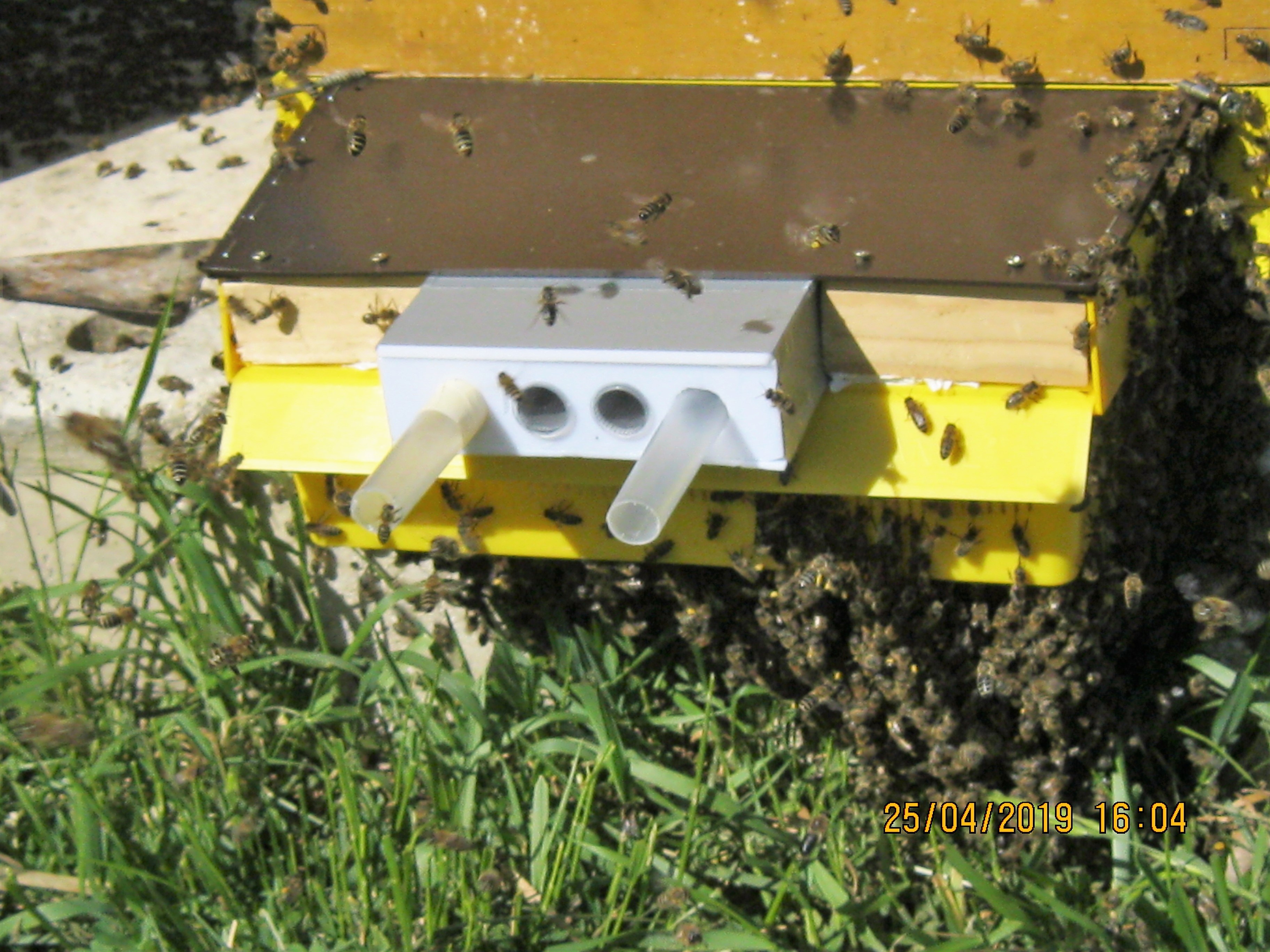
Ready, steady, go!
Everything prepared, and ready to collect information from our bees’ environment. Three colonies from Graz, Austria with everything installed according to the 2019 study setup!
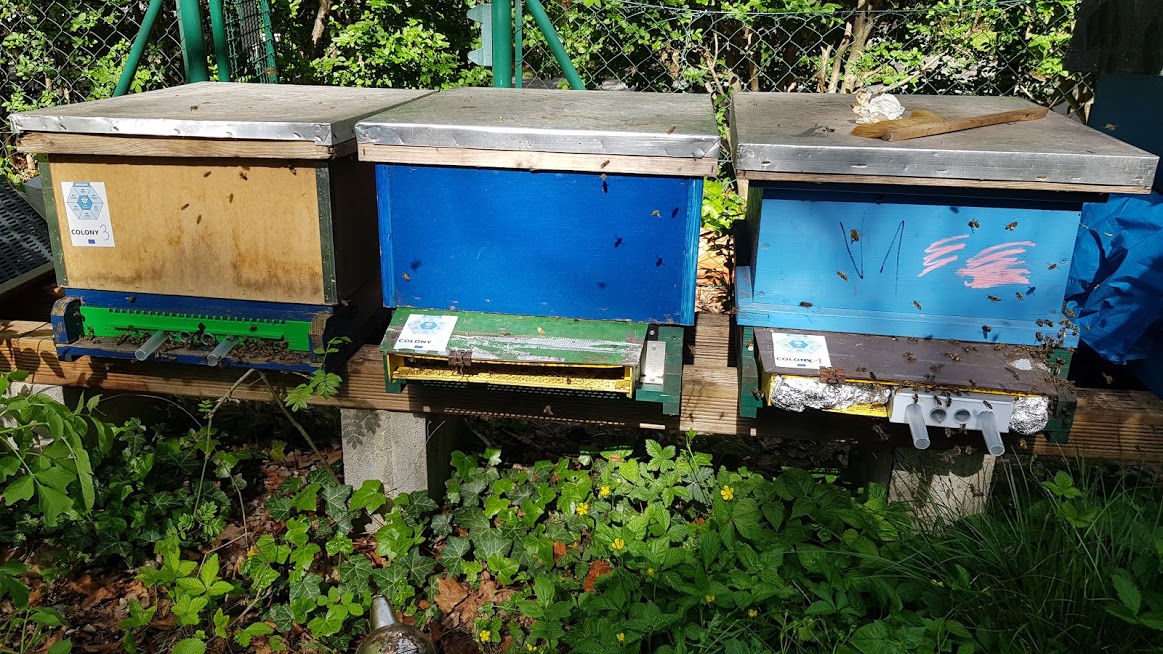
INSIGNIA set up in the UK
This weekend is the setup for the 2019 sampling in Austria, Denmark, Greece and the UK. Pollen traps will be put on to the hives for the bees to get used to them, together with BEEHOLD tubes and APISTRIPS. The first samples will be collected in a fortnight’s time. In the UK, four apiaries will be used in Hertfordshire, Surrey (2) and East Sussex. The sites provide a range of landscapes from a national nature reserve with heathland and woodland to urban areas.

What are those INSIGNIA’S DOING?
Sometimes it can be difficult to have an overview on what is going on in a project. Follow Sjef van der Steen on this video tour in one of our apiaries explaining in detail what will start during this and next week in the INSIGNIA project.
INSIGNIA field test year 1 (2019). Year 1 field test is performed in Denmark, Austria, England and Greece.
Follow INSIGNIA on our YouTube channel: Search for INSIGNIA BEE
Sociological Aspects of INSIGNIA
As part of the INSIGNIA project, we are also conducting a sociological portion and the interviews with the Citizen Science beekeepers are underway! We are looking to gain a deeper understanding of the expectations and experiences of the beekeepers in hopes of improving their participation experience in the second year as well as building upon their hands-on knowledge of using the novel sub-sampling devices in order to keep improving them.
We will be interviewing Citizen Science beekeepers in Austria, the United Kingdom, and Denmark throughout April and May, with follow-up interviews in June and July, to see how their experiences and needs change throughout the season. It is a great opportunity for our team to meet, interact and create a space for voicing concerns for the people on the ground that are making this project possible! We would also like to thank all the beekeepers for their hospitality and for taking the time to chat with us!
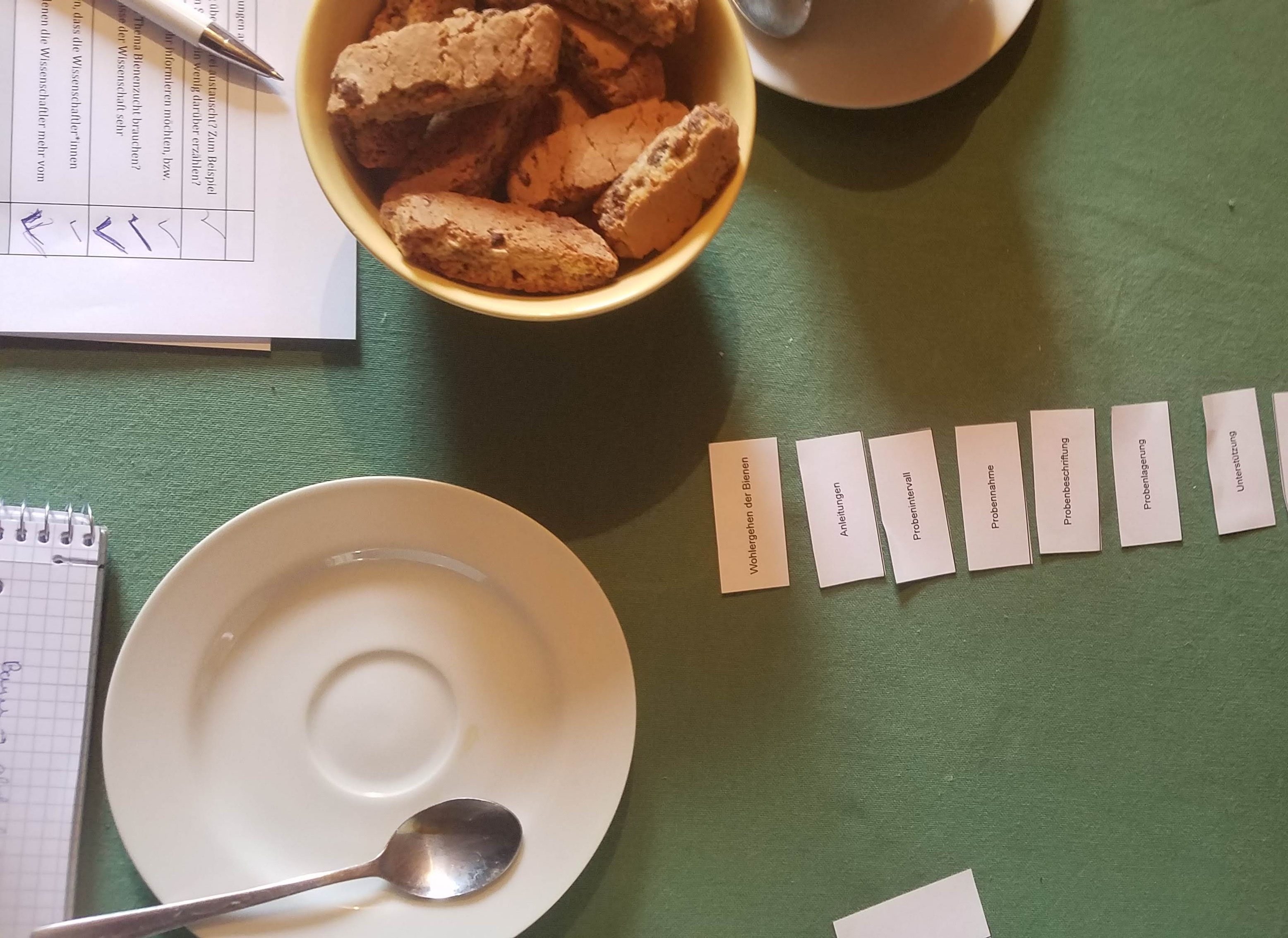
Written by Sarah Rose Bieszczad
Colony 3 – No pollen trap but Beehold tubes!
Following an idea from an Austrian citizen scientist (thanks Andi!), I went to the workshop in the basement of university today, to modify a sliding gate hive entrance. In INSIGNIA, the third monitoring colony is used for Apistrips, beebread collection and the Beehold tubes. In contrast to colony 1, no pollen trap is installed, and hence no adapter can be placed to hold the tubes at the hive entrance. Therefore I made four holes in the sliding gate, to fit the two Beehold tubes (way in for the bees) and the two dummy tubes (way out for the bees).
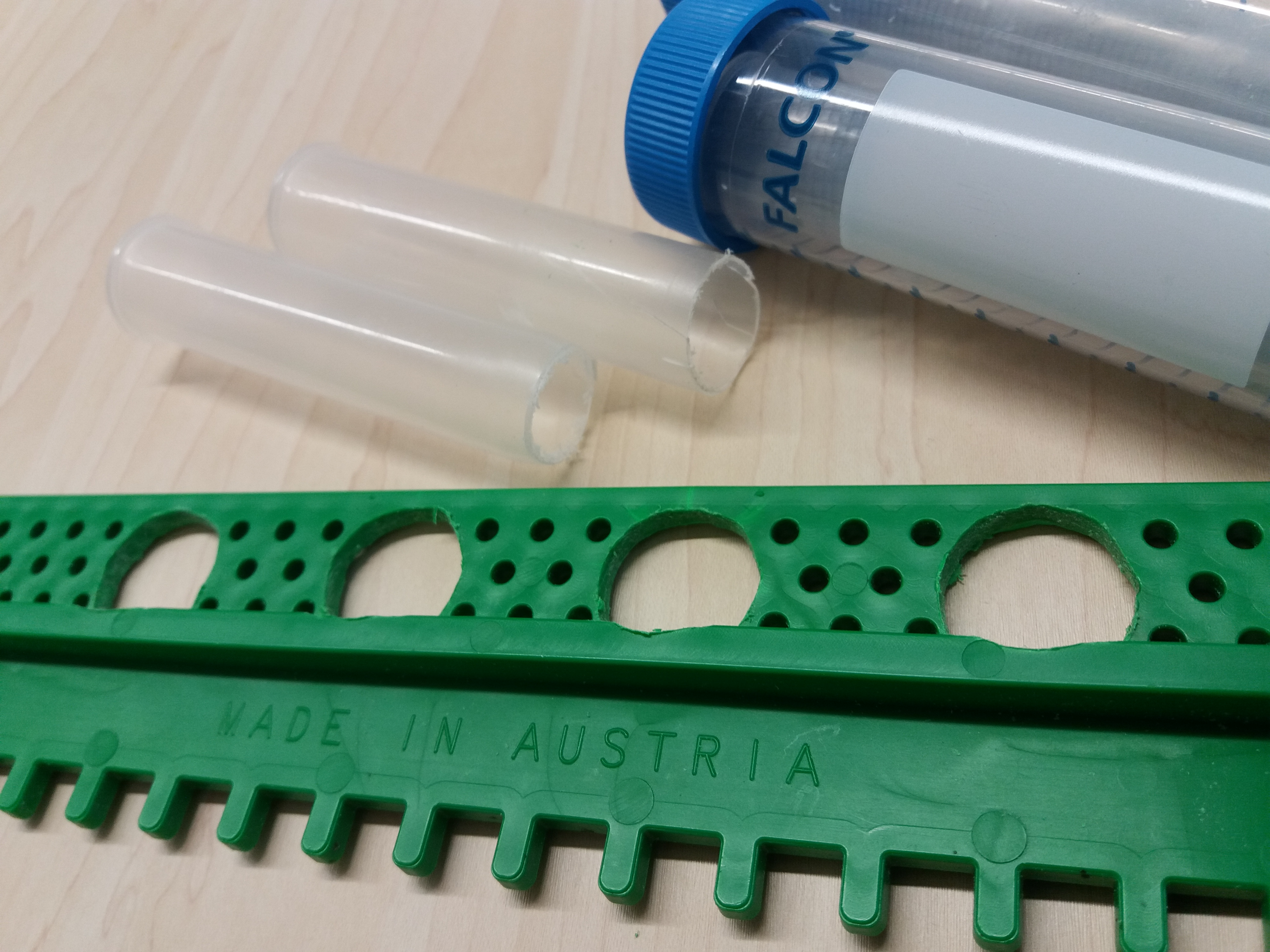
Continue reading “Colony 3 – No pollen trap but Beehold tubes!”
How do we do it? – APIStrips
Is it possible to analyze the pesticides inside a beehive without taking the pollen nor the beebread, and with a passive sampling strategy? The INSIGNIA members think it is.
Tenax® is a material that adsorbs molecules onto its surface, providing information about the contaminants in a certain environment. It would be enough to glue it to a plastic strip placed inside the hives for a certain amount of time to get information about the pesticides in contact with the bees. The problem, however, is that Tenax® is commercialized as a fine powder. Bees try to remove it from their hives and, usually, they succeed.
After testing out many different materials and means to glue Tenax® to their surfaces, a different approach was adopted. Tenax® can be dissolved in dichloromethane, changing its granular appearance.

ApiStrips arrived and will be send out to participants!
There were some things missing in the first package sent to INSIGNIA participants… Now the ApiStrips are ready. These strips contain TENAX, a substance that is adsorbing substances that bees bring into the hive. The strips are placed in all three test colonies, and remain in those for two weeks. We recommend to place the strips in central beelane (of the lower box). For mounting we recommend a wire (or bent paper clip, as shown in the picture below). Please use unique wires for each ApiStrip. After sampling, wrap ApiStrip in aluminium foil and store in labeled sample bags in the freezer.
